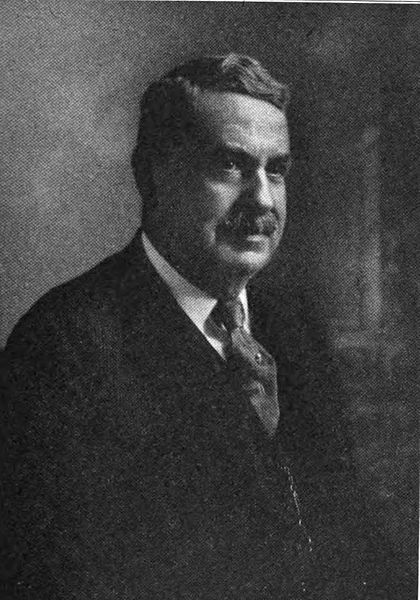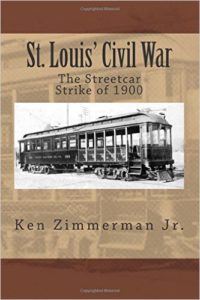St. Louis Streetcar Strike Explodes
Το Σάββατο, Μάιος 5, 1900 στο 11:30 μ.μ., η έκρηξη του Προαστιακού γραμμή στο σιδηρόδρομος διάβαση Wabash και η Sarah οδό σηματοδότησε την έναρξη του Αγίου. Louis Οδός Car Απεργία 1900. Πριν από την απεργία ήταν πάνω από το Σεπτέμβριο 1900, στους δρόμους του St. Louis would be a battle ground between rich and poor with the St. Louis Police Department in the middle of the fray. The strike would divide the overwhelmed police department as well.
Σε 1899, St. Louis’ multiple street car lines consolidated leaving only the St. Louis and Suburban Rail Company and the St. Louis Transit Company. The street car employees felt they were over worked and underappreciated, so they tried to organize a union to represent them. Union agitation was increasing in St. Louis at the time. Τον Απρίλιο του 30, 1900, a few days before the railway explosion, union and non-union painters had a confrontation at S. Broadway and Chouteau Avenues.
The boss of the non-union men shot at one of the union men but missed and struck a child. Ευτυχώς, the girl, Annie Lahr, suffered only a flesh wound. St. Louis Police arrested one of the union men but did not take Charles Newcomb, the boss of the non-union painters who did the shooting, into custody.
The street car strike did not actually start until May 9, 1900, four days after unknown saboteurs blew up the track. The spot they chose was the darkest spot on the Wabash and Sarah street line. The conductor claimed it was destroyed by union men but no one saw who planted the explosives. The police thought it may have been nitroglycerin which was used to blow up the streetcar.
Several passengers were injured but no one was killed. Before the strike was over, a number of participants on both sides would be dead. A strike sympathizer with a history of mental illness also killed a St. Louis Police Officer.
The President of the St. Louis and Suburban Rail Company settled with their strikers but Edward Whitaker, the President of the St. Louis Transit Company, would not negotiate with the strikers. Even when he made concessions, he would renege on them.
Το St. Louis Police Chief applied to city officials for relief of his beleaguered officers. Το St. Louis Sheriff drafted a posse of the “best citizen”, who were made up almost entirely of the wealthy and upper middle class. The strikers were supported by the working class and lower middle class, who walked rather than ride the streetcars during the strike.
You can leave a comment or ask a question about this or any post on my Facebook page.
We will look at several historical incidents associated with the St. Louis Οδός Car Απεργία 1900 over the next few months. If you are interested in the strike, it is covered in-depth in St. Louis’ Εμφύλιος: Το τραμ απεργία των 1900 on Amazon.
Pin It


